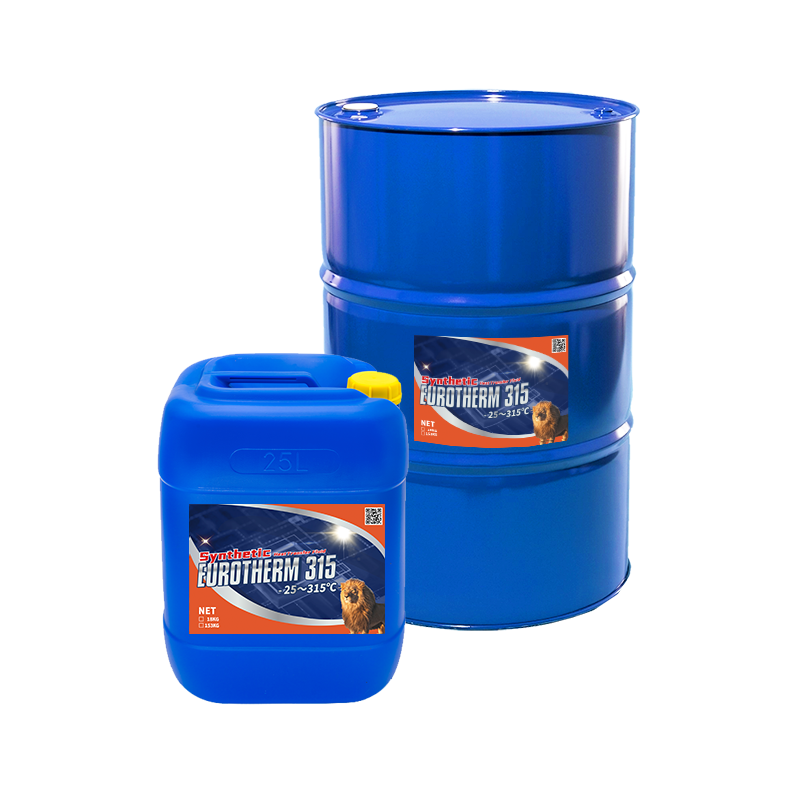Some Known Incorrect Statements About Chemie
Table of ContentsHow Chemie can Save You Time, Stress, and Money.Some Known Details About Chemie How Chemie can Save You Time, Stress, and Money.The Ultimate Guide To ChemieExcitement About ChemieThe Best Guide To Chemie
By Bojanna Shantheyanda, Sreya Dutta, Kevin Coscia and David SchiemerDynalene, Inc. Fluid air conditioning, which can be accomplished using indirect or straight methods, is made use of in electronic devices applications having thermal power thickness that may surpass secure dissipation via air cooling. Indirect liquid cooling is where warmth dissipating digital components are literally separated from the liquid coolant, whereas in case of straight air conditioning, the elements are in straight contact with the coolant.Nonetheless, in indirect air conditioning applications the electric conductivity can be vital if there are leaks and/or spillage of the liquids onto the electronic devices. In the indirect cooling applications where water based fluids with deterioration preventions are usually utilized, the electrical conductivity of the liquid coolant mainly relies on the ion focus in the liquid stream.
The rise in the ion concentration in a shut loophole liquid stream might take place because of ion leaching from steels and nonmetal components that the coolant fluid is in call with. Throughout procedure, the electrical conductivity of the fluid may enhance to a degree which might be damaging for the air conditioning system.
A Biased View of Chemie
(https://issuu.com/chemie999)They are bead like polymers that can exchanging ions with ions in a solution that it is in contact with. In today job, ion leaching examinations were executed with different steels and polymers in both ultrapure deionized (DI) water, i.e. water which is treated to the highest possible levels of pureness, and reduced electric conductive ethylene glycol/water combination, with the gauged change in conductivity reported with time.
The samples were permitted to equilibrate at area temperature level for 2 days prior to videotaping the first electrical conductivity. In all examinations reported in this research fluid electrical conductivity was determined to a precision of 1% making use of an Oakton disadvantage 510/CON 6 collection meter which was adjusted prior to each dimension.
Chemie Can Be Fun For Everyone
from the wall home heating coils to the center of the heater. The PTFE sample containers were positioned in the heater when steady state temperatures were gotten to. The examination configuration was eliminated from the heating system every 168 hours (7 days), cooled to space temperature with the electric conductivity of the fluid gauged.
The electric conductivity of the fluid sample was kept track of for a total amount of 5000 hours (208 days). Figure 2. Schematic of the indirect shut loophole cooling down experiment set-up - heat transfer fluid. Table 1. Components made use of in the indirect closed loophole cooling down experiment that touch with the liquid coolant. A schematic of the speculative arrangement is received Number 2.

Chemie - The Facts
Throughout procedure the fluid tank temperature level was preserved at 34C. The modification in fluid electrical conductivity was checked for 136 hours. The fluid from the system was collected and stored. Closed loophole examination with ion exchange material was brought out with the same cleaning treatments used. The first electrical conductivity of the 230ml UP-H2O in the system determined 1.84 S/cm.

0.1 g of Dowex material was included in 100g of liquid samples that was absorbed a separate container. The mixture was stirred and alter in the electric conductivity at room temperature was measured every hour. The gauged modification in the electric conductivity of the UP-H2O and EG-LC examination fluids consisting of polymer or steel when engaged for 5,000 hours at 80C is shown Figure 3.
How Chemie can Save You Time, Stress, and Money.
Ion seeping experiment: Calculated change in electrical conductivity of water and EG-LC coolants including either polymer or steel samples when immersed for 5,000 hours at 80C. The results indicate that metals contributed less ions into the liquids than plastics in both UP-H2O and EG-LC based coolants.
Fluids including polypropylene and HDPE displayed the lowest electric conductivity changes. This might be due to the short, inflexible, straight chains which are much less likely to add ions than longer branched chains with weaker intermolecular forces. Silicone additionally did well in both examination liquids, as polysiloxanes are usually chemically inert as a result of the high bond power of the silicon-oxygen bond which would certainly prevent destruction of the material right into the fluid.
The Ultimate Guide To Chemie
It would be anticipated that PVC would certainly generate comparable results to those of PTFE and HDPE based upon the similar chemical structures of the products, however there may be other pollutants existing in the PVC, such as plasticizers, that might impact the electric conductivity of the liquid - meg glycol. Furthermore, chloride teams in PVC can likewise leach into the examination liquid and can trigger a boost in electric conductivity
Buna-N rubber and polyurethane showed indications of destruction and thermal decomposition which suggests that their feasible utility as a gasket or adhesive material at higher temperature levels might cause application issues. Polyurethane entirely degenerated right into the examination fluid by the end of 5000 hour examination. Number 4. Before and after images of metal and polymer samples immersed for 5,000 hours at 80C in the ion leaching experiment.
Measured modification in the electrical conductivity of UP-H2O coolant as a function of time with and without material cartridge in the shut indirect air conditioning loophole experiment. The gauged modification in electrical conductivity of the UP-H2O for 136 hours with and without ion exchange resin in the loop is shown in Figure 5.